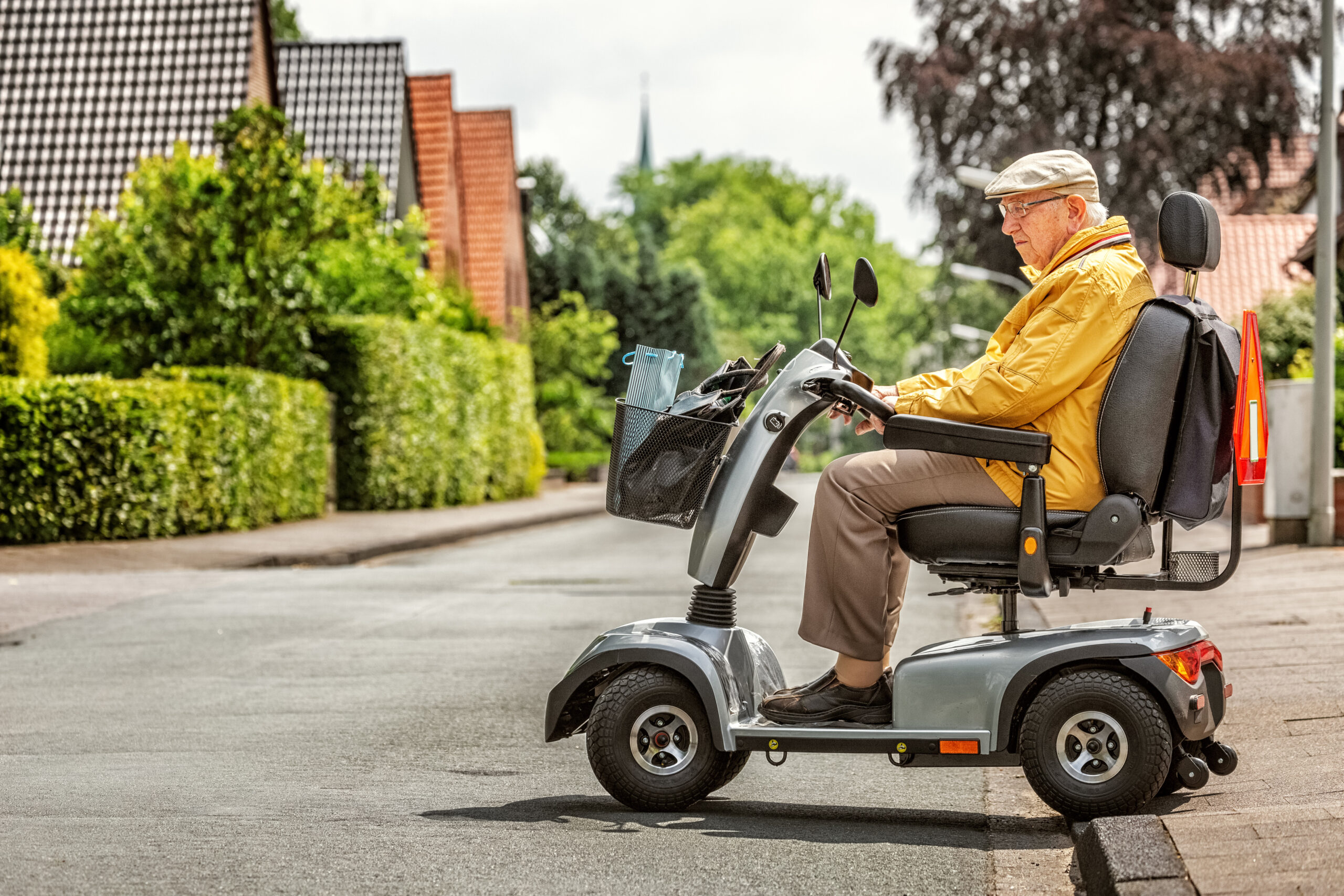How to use and store your electric vehicle safely
Electric scooters and bicycles are more popular than ever, most are charged by lithium batteries, which can be charged in the home. We realise they are not only becoming more affordable but are a fantastic way for people to continue getting out and about. However, it’s important they are used and stored safely and don’t become a fire hazard.
South Wales Fire and Rescue Services are particularly concerned about the potential fire hazards that can be caused by the charging of lithium batteries.
It is important all residents are aware of the dangers, when charging lithium batteries.

Do’s and don’ts
- Never leave your battery to charge overnight or when you are away from your property.
- Make sure your battery and charger meet UK safety standards.
- Use the correct charger for your battery and always buy from a reputable seller.
- Let your battery cool before charging.
- Unplug your charger once the battery has charged.
- Ensure you have smoke alarms in the area where you charge your battery.
- Always keep your exit accessible. Do not block your exit charging your mobility scooter/e-bike/electric wheelchair.
- Store your electric vehicle in a shed or garage where possible.
- Keep an eye out for warning signs your battery might be failing (making it a potential fire risk)
South Wales Fire Service – Advice and Video
For lots more practical advice ranging from where to buy your electric vehicles to charging them, and their safe storage, have a look at this extremely useful advice from South Wales Fire Service:
https://www.southwales-fire.gov.uk/your-safety-wellbeing/at-home/electronic-bikes-and-scooters/
Other FAQs
What are the fire risks of electrical chargers and batteries?
How safe is the table beside your bed? Do you tend to charge your phone overnight before you go to bed? Maybe you enjoy watching TV on your laptop or tablet in bed – plugged in to keep the screen bright, of course? Many of us leave ourselves open to fire risks without even realising. Batteries and electrical chargers can present a fire risk when over-charged, short-circuited, submerged in water or if they are damaged. It’s vital to charge them safely too.
Source adapted from: London Fire Brigade 2022
What is a Lithium-ion battery?
Lithium-ion batteries or li-ion batteries (sometimes called LIBs) are the lightweight, rechargeable batteries that power our phones, laptops and cameras. They’re found in many electrical devices from mobility scooters to e-cigarettes, and are used safely by millions of people every day. However, there are some things you need to know when it comes to fire safety, chargers and batteries.
Source: London Fire Brigade
How can I charge an electrical charging device safely?
-Always either use the charger that came with your phone, tablet, e-cigarette or mobile device. Or, purchase a charger from a reputable shop.
-Don’t leave items continuously on charge after the charge cycle is complete – it’s best not to leave your phone plugged in overnight for example.
-Do not cover chargers or charging devices – that includes using your laptop power lead in bed.
-When you travel, avoid keeping all your items containing lithium iron batteries together, especially on a plane. Check with your flight carrier for additional information or advice.
Source: London Fire Brigade
How to spot a counterfeit charger?
Do your research
If you need to purchase a replacement, always choose a branded, reputable product from a supplier you can trust. There are many counterfeits on the market, it can be difficult to spot the difference. Scrutinize the packaging, does it look fake? Is it from a reputable shop/supplier.
Too good to be true?
The cost – if it looks cheap and too good to be true, then it probably is. Look for the product’s manufacturing information.
Stay informed
Check the end of the connector cable, does it resemble the original cable?
Know what to do
When in doubt, don’t test it!
Why should I replace old, worn electrical items?
Don’t be tempted to try a DIY fix such as electrical tape – always replace worn or old electrical items such as faulty leads and extensions. If an electrical item is worn or old, it can present a fire risk. Your safety is a priority!



